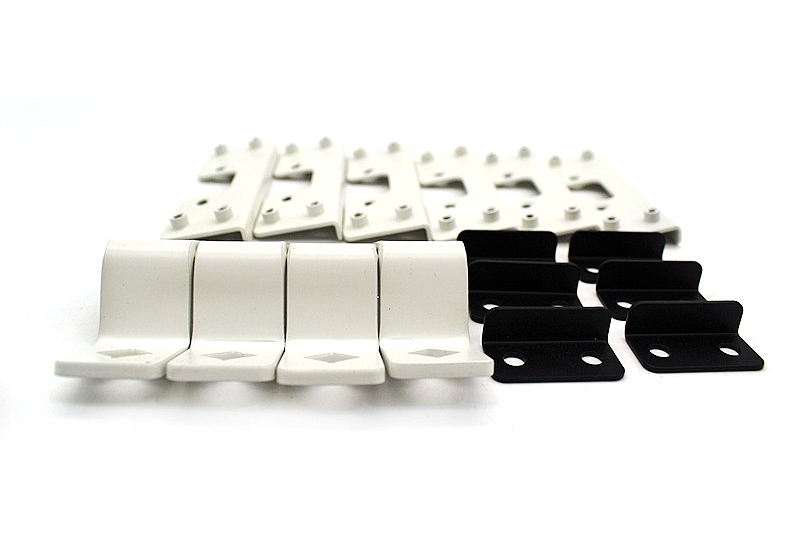Why is regular equipment calibration crucial for precision metal bending?
Introduction
In precision metal fabrication, even minor deviations in machine performance can lead to dimensional errors, spring-back inconsistencies, and higher scrap rates. As an engineer who frequently works with forming processes, I consider calibration to be one of the most crucial preventive measures for ensuring accuracy and operational stability. Regular calibration ensures CNC press brakes and bending systems maintain their programmed tolerances, producing consistent parts across all production volumes.
Ensuring Dimensional Accuracy and Repeatability
CNC bending accuracy depends heavily on the integrity of sensors, back-gauge alignment, and hydraulic or servo response. When calibrated properly, manufacturers can keep bending tolerances as tight as ±0.1 mm. Precise blanks produced from processes such as laser cutting and plasma cutting rely on equally accurate bending systems to maintain edge alignment.
When bending operations follow earlier workflows, such as sheet metal fabrication or the formation of custom shapes through sheet metal stamping, proper calibration ensures that flat-pattern accuracy is retained without angular deviations. During new development cycles, checking accuracy through prototyping or using early CNC machining prototyping prevents bending errors from escalating into high scrap volumes.
Calibration Protects Material Integrity
Different metals react differently during bending, and calibration helps account for their unique behaviors. Metals such as cast stainless steel and high-ductility copper alloy require precise force application to prevent cracking. Lightweight materials, such as magnesium alloy or formable aluminum grades like A356, depend on stable machine pressure to avoid over-bending.
Calibrated equipment is especially important when working with casting-based materials such as cast aluminum, where a uniform grain structure contributes to predictable forming.
Reducing Scrap and Improving Process Efficiency
Incorrect calibration can lead to cumulative errors, including misaligned back gauges, inaccurate ram depth, or inconsistent tonnage output. These issues quickly turn into wasted sheets, rework, and unplanned downtime. When bending supports larger assemblies that originate from workflows like precision casting or gravity casting, consistent calibration ensures downstream fitment and reduces mismatched features.
Supporting Post-Processing Stability
Surface treatments reinforce the importance of accurate forming. For aluminum components, anodizing maintains dimensional stability, while powder coating protects steel components that must preserve their bend geometry after finishing. Controlled heat treatment stabilizes grain structure, making accurate bending even more dependent on reliably calibrated equipment.
Industries That Rely on Precise Calibration
Calibration is critical for the automotive sector, where consistency is non-negotiable for safety-critical brackets and structural components. In consumer electronics, slim housings require exact bend accuracy to ensure proper assembly and sealing. High-durability components in the power tools sector rely on calibrated machines to maintain structural balance and reduce production defects.
Conclusion
Regular calibration is fundamental to achieving repeatable, high-accuracy bends. It preserves material integrity, reduces waste, prevents dimensional drift, and ensures that forming operations align perfectly with upstream and downstream manufacturing processes. For industries requiring reliable precision, calibration is not optional—it is a core part of process control.



